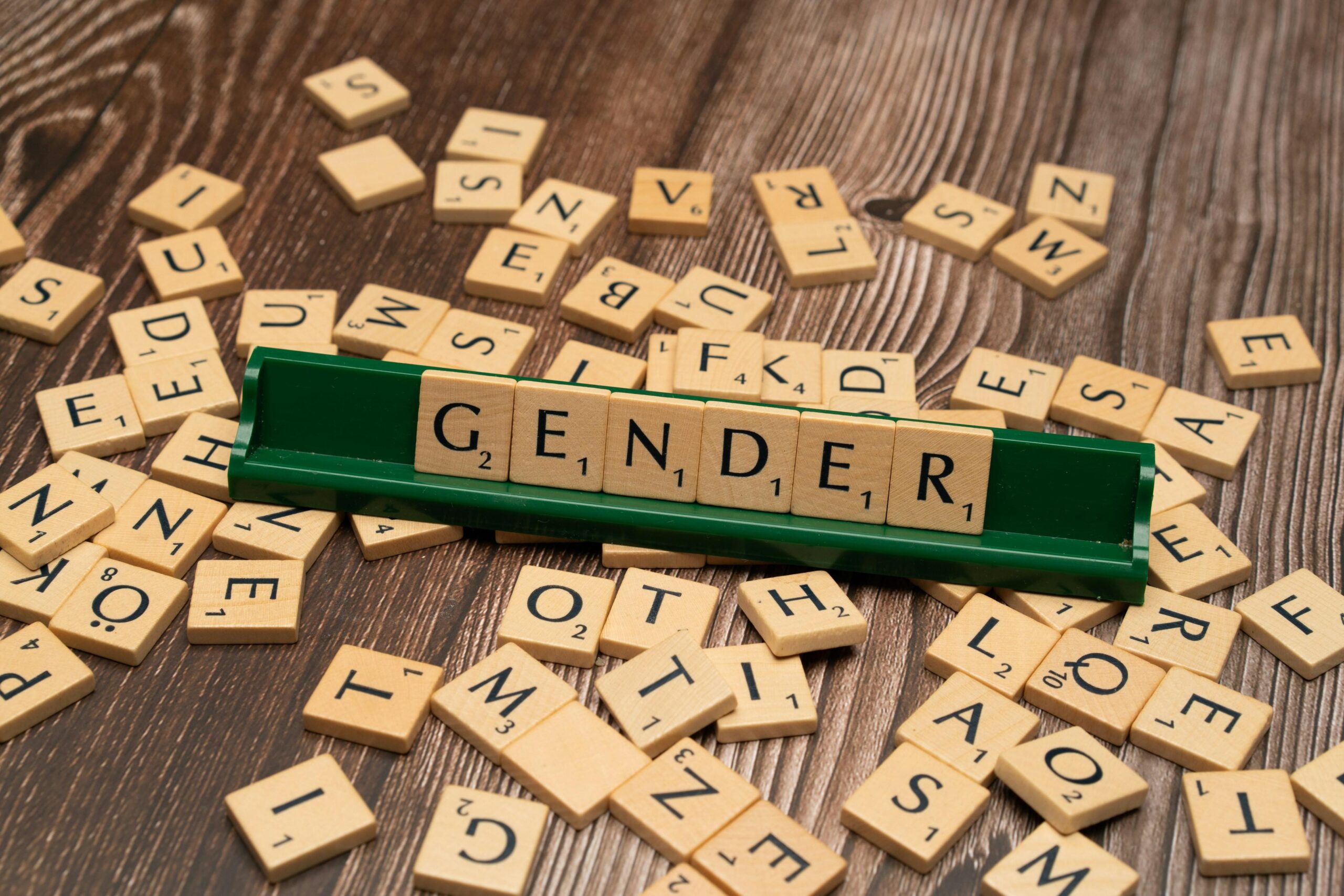When we think about criminal sentencing, what comes to mind? Is it about making someone pay for their mistakes, or is it about helping them change for the better? For decades, societies around the world have grappled with this question, oscillating between punishment and rehabilitation as primary goals. But what if the answer isn’t so clear-cut? In this article, we’re diving into the complex and often controversial world of sentencing—exploring whether our legal systems should focus more on reforming offenders or simply handing down penalties. Ready to rethink what justice really means? Let’s get curious.
Table of Contents
- Understanding the True Purpose of Sentencing in Modern Justice
- The Impact of Rehabilitation on Recidivism Rates and Society
- When Punishment Falls Short Exploring its Limitations
- Innovative Sentencing Models That Balance Accountability and Healing
- The Conclusion
Understanding the True Purpose of Sentencing in Modern Justice
Sentencing in contemporary justice systems is no longer a mere formality designed to punish offenders; it is a complex mechanism aimed at balancing societal safety with the potential for offender change. The traditional view, which focused primarily on retribution, has gradually evolved to embrace multiple goals, including deterrence, incapacitation, and most notably, rehabilitation. This shift provokes a crucial question: should sentencing prioritize transforming lives or simply penalizing wrongful acts? Understanding this duality requires us to critically examine how sentences serve broader social functions beyond the courtroom walls.
Modern sentencing frameworks often reflect a blend of approaches, where the effectiveness of rehabilitation is weighed against the need for deterrence and justice for victims. Some key objectives that shape sentencing today include:
- Reducing recidivism: Encouraging offenders to reintegrate as productive members of society.
- Protecting the community: Preventing future crimes through appropriate controls.
- Upholding moral accountability: Ensuring offenders recognize the consequences of their actions.
- Providing restorative justice: Fostering healing for victims and offenders alike.
These goals reveal a justice system in flux, constantly rethinking whether sentencing should primarily serve as a tool for change or a measure of retribution.
The Impact of Rehabilitation on Recidivism Rates and Society
Examining the ripple effects of rehabilitation reveals a compelling story beyond the prison walls. Programs that focus on education, mental health support, and vocational training offer more than just a second chance; they reduce the likelihood of reoffending by addressing root causes. Studies show that individuals who participate in these interventions are significantly less likely to return to the criminal justice system, which in turn alleviates overcrowded prisons and decreases the societal costs associated with repeat offenses. The benefits extend to communities too, fostering safer environments and breaking cycles of crime that often stem from untreated trauma or limited opportunities.
Embracing rehabilitation challenges the traditional punitive framework by spotlighting restorative justice and personal growth. Consider these critical outcomes:
- Enhanced employability and self-sufficiency post-release
- Improved mental health and reduced substance dependency
- Stronger family ties and community engagement
- Lower long-term financial burdens on the state
Such insights urge us to rethink sentencing not just as a tool for punishment, but as a transformative mechanism for societal healing. Could a system built on empathy and support pave the way for a more just and secure future?
When Punishment Falls Short Exploring its Limitations
Punishment, while a traditional cornerstone of the justice system, often fails to address the root causes of criminal behavior. It tends to focus on retribution rather than transformation, which can lead to a cycle of recidivism waiting to repeat itself. Without opportunities to understand underlying issues such as poverty, mental health, or addiction, the punitive approach risks becoming a temporary fix rather than a long-term solution. Moreover, the impact of harsh sentencing on communities can increase distrust in the legal system and hamper social cohesion.
The limitations of punishment become even clearer when considering its uneven application, including:
- Disproportionate effects on marginalized populations;
- Overcrowded prisons with little room for meaningful rehabilitation programs;
- Stigmatization of offenders, which hinders their reintegration into society.
Exploring alternatives that prioritize healing and education over mere discipline might offer a more sustainable path forward for justice — one that no longer views offenders as simply subjects of control but as individuals capable of change.
Innovative Sentencing Models That Balance Accountability and Healing
Traditional sentencing often leans heavily on punitive measures, but emerging frameworks are shifting towards restorative justice and therapeutic interventions. These models emphasize repairing harm by involving victims, offenders, and the community in a collaborative healing process. Approaches like community service combined with counseling and mental health courts are gaining traction, recognizing that accountability doesn’t have to come at the expense of personal growth and rehabilitation.
- Trauma-Informed Sentencing: Judges consider offenders’ backgrounds and trauma, tailoring sentences that address root causes rather than solely the crimes themselves.
- Restorative Circles: Facilitated meetings that bring all parties together to share perspectives and agree on reparative actions.
- Technology-Assisted Monitoring: Using apps and wearable devices to ensure compliance while allowing offenders to maintain community ties.
These innovative sentencing models challenge the conventional binary of punishment versus rehabilitation, instead fostering environments where accountability and empathy coexist. By blending structure with support, they aim to break cycles of recidivism and nurture a justice system that heals rather than just punishes.
The Conclusion
As we rethink the goals of sentencing, the line between rehabilitation and punishment becomes more blurred—and more fascinating. Could a justice system focused on healing rather than harshness reshape communities and futures? Or do certain crimes demand firm consequences to uphold societal order? The answers aren’t simple, but exploring these questions opens up a world of possibilities for justice that’s both fair and forward-thinking. Whatever path we choose, one thing is clear: it’s time to look beyond old assumptions and start a conversation that could change how we understand justice altogether. What do you think—should sentencing lean more toward repairing or reprimanding? Let’s keep this dialogue going.












